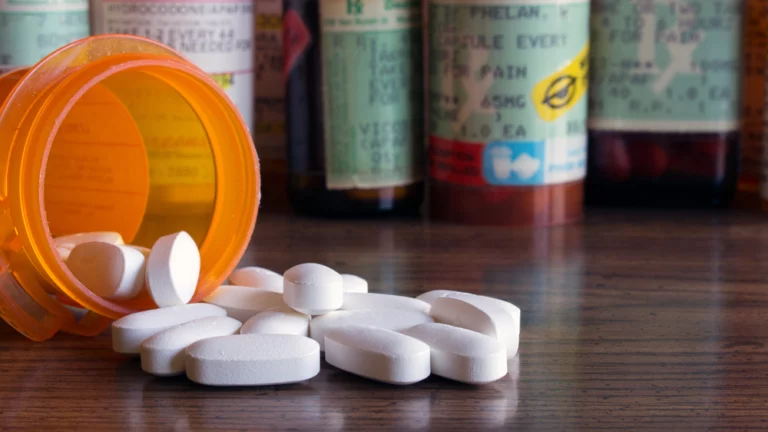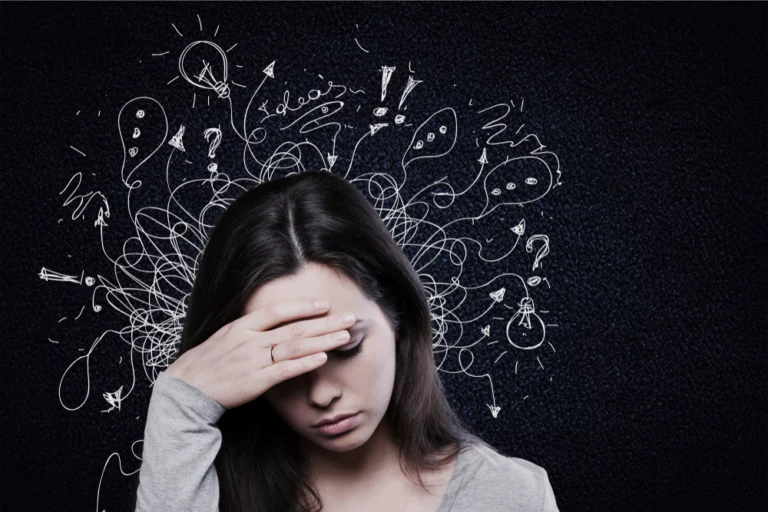Sometimes, cocaine use signs can be easy to spot. Hundreds of movies and shows depict jittery characters walking and returning from the bathroom with white powder on their nose and fingertips. If it’s obvious someone you know is using cocaine, it can be easy to say something and express compassionate concern. However, subtle signs can easily slip by, and we may notice a loved one’s addiction until it’s advanced to needing professional treatment.
This article explains what cocaine is, the most obvious sign of cocaine, and nine of the subtle signs that can easily fall under the radar, potentially allowing experimentation to turn into addiction.
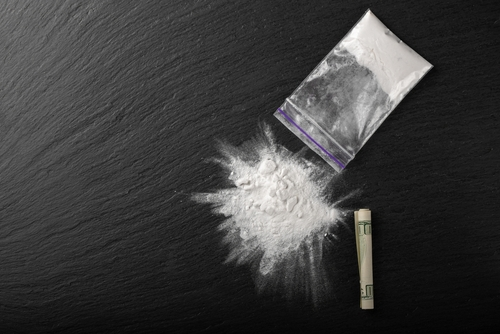
What Is Cocaine?
Cocaine, also called “coke” or “blow,” is a Schedule II controlled substance due to its stimulating effects and high potential for abuse and addiction. It’s typically known as a “party” or “club” drug, classified along with ecstasy and LSD. These substances are usually taken to enhance sensations and increase energy during a rave, festival, or night out at a club.
Cocaine is usually found in its white powder form, sold in little plastic baggies or thin glass cylinders, and is snorted or rubbed into the gums. Its solid form, crack cocaine, resembles off-white sugar cubes or rocks and is usually smoked in glass pipes and even disassembled pens. Cocaine can also be diluted in water and injected into veins.
Snorting cocaine is reported as producing the longest-lasting “high,” while smoking or injecting produces a short-lived but intense “rush.” However, no amount of cocaine is considered safe, and even one “bump” can lead to heart attacks, strokes, or seizures, which can result in sudden death, especially in users with pre-existing health conditions. Chronic cocaine use can eventually lead to addiction, inducing psychological and minor physical withdrawal symptoms if the body is cut off.
Read more: Habit Vs Addiction: What’s The Difference?
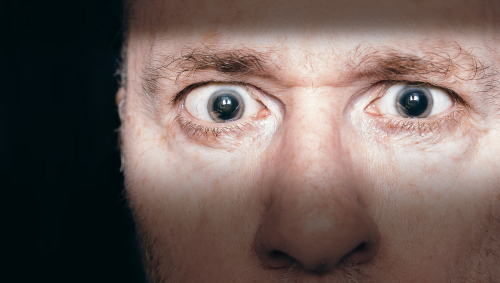
Most Common Signs of Cocaine Use
One of the most common signs of cocaine use is dilated pupils. In most cases, your pupils will dilate (expand) based on how much light is around you. In darker settings, your pupils might dilate to let in more light; when it’s brighter, they shrink to avoid irritation or discomfort. In more extreme cases, your eyes will dilate when large amounts of endorphins are released due to a stressful situation that requires alertness.
Studies suggest that cocaine blocks norepinephrine reuptake, which helps regulate alertness, arousal, and attention. It also inhibits baroreceptors, which transmit signals within the autonomic nervous system, increasing the amount of sympathetic nerve discharge. This releases high amounts of norepinephrine, epinephrine, and acetylcholine, activating fight-or-flight responses and dilated pupils.
However, even though this seems to be strictly a visual change, chronic cocaine use can severely damage the eyes and blood vessels behind them. Cocaine’s vasoconstrictive effects (shrinks blood vessels) can reduce blood flow to the eyes and potentially lead to ischemic optic neuropathy. Cocaine use can also destroy the muscles, nerves, and brain tissue in charge of controlling eye movement, leading to nystagmus. The eyes are also very delicate, and cocaine can increase eye-fluid pressure, leading to glaucoma. The smoke from crack cocaine can also irritate the eyes and lead to keratitis.
Read more: Can You Eat Cocaine: Dangers To Physical & Mental Health
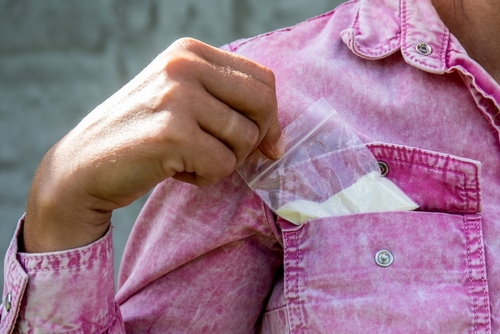
9 Subtle Signs Of Cocaine Use
These nine signs of cocaine use aren’t as obvious as visible residue below the nose or in between fingernails but can be spotted by a trained eye.
- Increased confidence and speech: It’s common for cocaine users to feel energetic right after they’ve done a “bump” or smoked crack. But, if they’re in a less active situation than a club or party, they might be talking more and feel confident enough to speak to strangers. Someone at a party or concert might appear introverted but return from the bathroom with new-found self-confidence.
- Agitation and anxiety: Cocaine’s stimulating effects increase awareness and alertness to the point where users can seem on edge and paranoid. An unintentional comment from a stranger or friend might be taken seriously, causing a cocaine user to become aggressive or suspicious. Because the effects of cocaine only last between 30 minutes to 2 hours, the end of the high, which can be in the middle of a party, might cause a user to become agitated until they have more cocaine.
- Seeks out cocaine: Typical parties, gatherings, or other social settings usually involve alcohol and the occasional cigarette. However, cocaine users might ask or try to bring cocaine to an event, and if they’re constantly trying to direct a party or group toward cocaine, they likely have an addiction or are already high. This also applies to people trying to buy cocaine before, after, or even during a social gathering. They might seem excited or driven to buy cocaine and won’t seem satisfied until they have some.
- Comfortable talking about cocaine: It’s common for cocaine users to feel comfortable and open talking about a drug they regularly consume. Some substance use, like heroin or meth, might seem too taboo to speak about. Other drugs, like cannabis or alcohol, might be freely and frequently discussed anywhere. Cocaine, however, seems to slip in between these two categories, and the amount of conversations around it is usually by regular cocaine users.
- They need cocaine to function: Individuals predisposed to compulsive habits, such as individuals with ADHD or bipolar disorder, can quickly become addicted to illicit stimulants, especially if they are undiagnosed. Adderall and Ritalin, two of the most common prescription amphetamines, increase dopamine and norepinephrine levels in the brain, similar to cocaine. These “functioning” cocaine users can be the hardest to spot but can quickly display signs of withdrawal or dysfunction without it.
- They spend and try to earn “quick” money: Cocaine is an expensive habit, with a single gram costing around $200 in 2023. If cocaine user spends most of their money in the early months or years of using the drug, they might resort to finding ways to make quick cash to get more cocaine. This could lead them to steal, gamble, or sell their possessions. In some cases, they might turn to cheaper stimulants like meth or crack cocaine.
- Weight loss: Cocaine is an appetite suppressant, which can cause users to forget to eat or drink water while they’re on a binge. Over time, this can deprive their body of essential nutrients and calories. Weight loss from cocaine use isn’t as drastic as portrayed on TV or film but can become noticeable just a few months into use.
- They’re playing with their nose a lot: Cocaine users might be constantly fiddling with their noses, blaming congestion and excess mucus on allergies or sinus issues, which could be true. A more concrete sign of cocaine use is if their mucus is chunkier, thicker, bloody, or discolored. They might be sniffing or blowing mucus out of their nose constantly. Over time, cocaine can severely damage the nose, and the signs of drug use can become more obvious if the nose is damaged, shrunken, or even missing.
Contact Knoxville Recovery Center
If you or someone you know is displaying signs of cocaine use, contact Knoxville Recovery Center in Knoxville, Tennessee. Our addiction treatment center and staff are highly trained in cocaine addiction and know the most effective therapy methods and healing modalities. Our specific center offers on-site detox services, residential addiction treatment, and aftercare planning. But if you want to transition into another program or location in another state, we can easily set that up through our partnerships with Health Care Alliance North America. Call today, and one of our admissions agents can help you get started.





